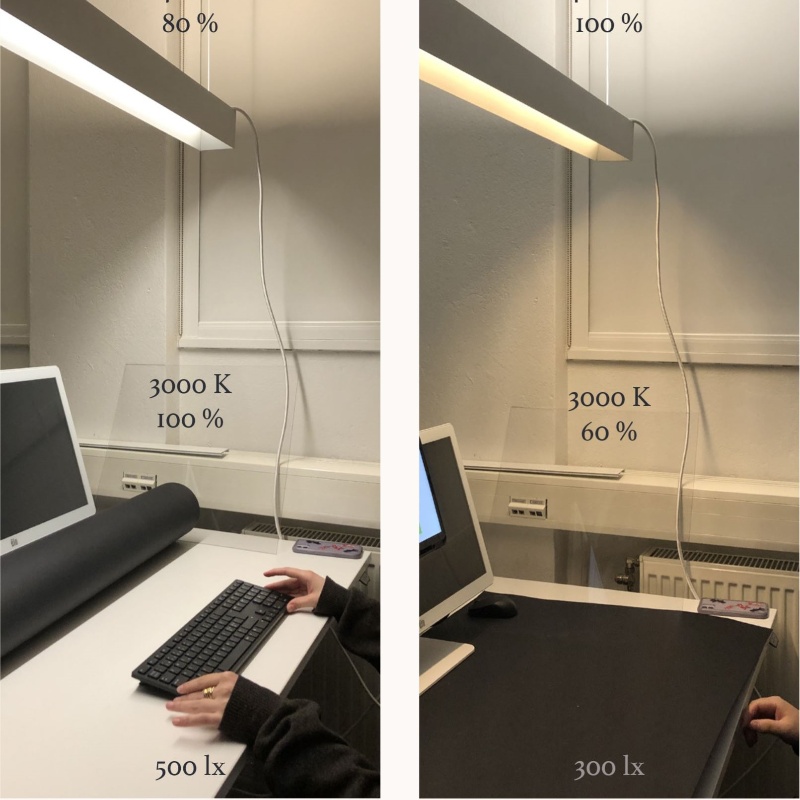Content’s structure:
Daylight Basics
(Concepts, units, tools)
Design Methodology II
(Process, calculation, rendering)
Technology II
(Luminaires, Energy, Control systems)
Room Space Theory
(Indoor Scale)
Indoor Lighting Design (project)
(Planning)
